You’ve heard the name. You probably know he conquered more land than Napoleon, Alexander, and Caesar combined. But Genghis Khan was much more than just a war machine on horseback. He was a surprisingly complex leader who rewrote the rules of leadership and even culture.
Behind the bloodshed lies a story packed with wild legends and shocking firsts that still affect our world today. If you think you know him, think again. These facts go beyond the history books and show a side of Genghis Khan you’ve probably never seen.
Born Clutching a Blood Clot
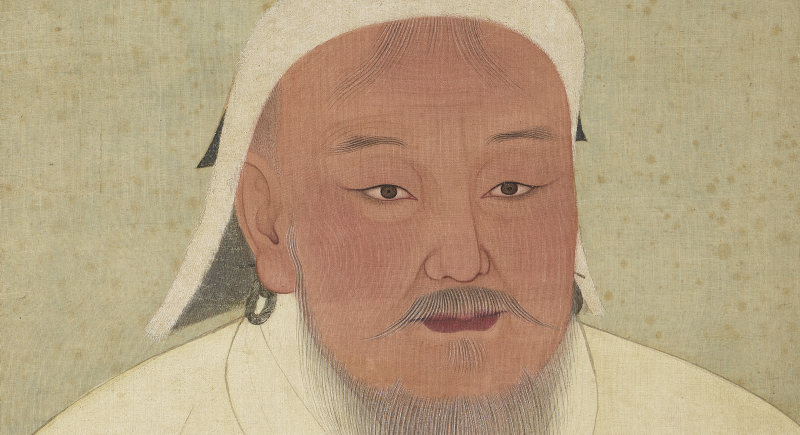
According to Mongol legend, Temüjin was born holding a blood clot in his fist. Mongols believed it meant he’d become a powerful leader. That legend gave him a mythical edge even before he raised an army.
Dumped His Family When He Was Nine

After his father’s death, his clan cast out his family. They lived in poverty and survived off wild roots and river fish. That abandonment shaped how he ruled. He didn’t forget the betrayal, and he didn’t forgive it. Loyalty became everything in his world.
Escaped Slavery With Help From a Stranger
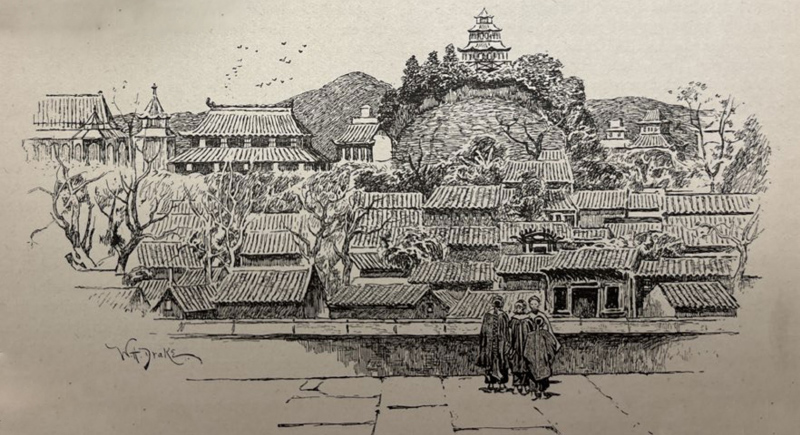
As a teenager, Temüjin was captured and enslaved by a rival tribe. One night, a guard quietly unlocked his collar and let him flee. That moment changed everything. He later returned with an army and absorbed the same tribe that once chained him.
Didn’t Care About Noble Birth at All
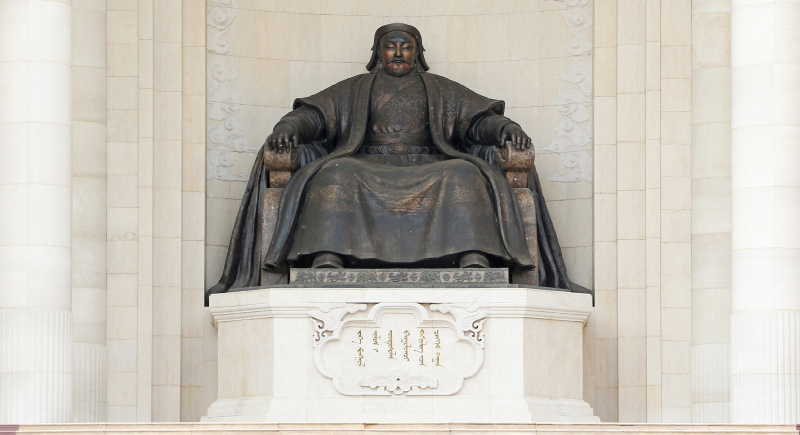
Genghis Khan built his leadership team based on results, not family trees. If someone proved their loyalty or bravery, he promoted them regardless of their background. Many of his generals were once outsiders or enemies. That strategy built one of history’s most loyal armies.
Built a Postal System That Actually Worked

His Yam system stretched across the empire with relay stations and fresh horses ready to go. Couriers rode nonstop and could cross thousands of miles in just days. The system kept his government connected and helped catch rebels before they had a chance to act.
Made Religious Freedom an Official Policy
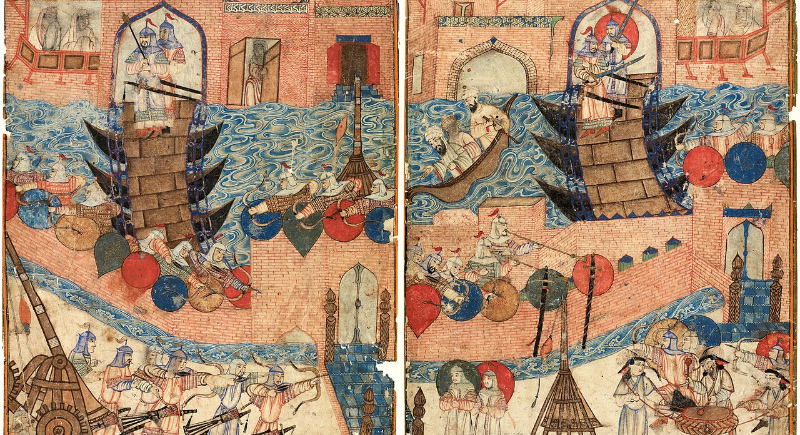
Genghis Khan gave tax exemptions to priests, protected temples, and refused to favor one religion over another. His empire included Buddhists, Muslims, Christians, and more. Supporting freedom of belief made ruling a massive, diverse population much easier—and won over religious leaders.
Couldn’t Read but Made Everyone Else Do It
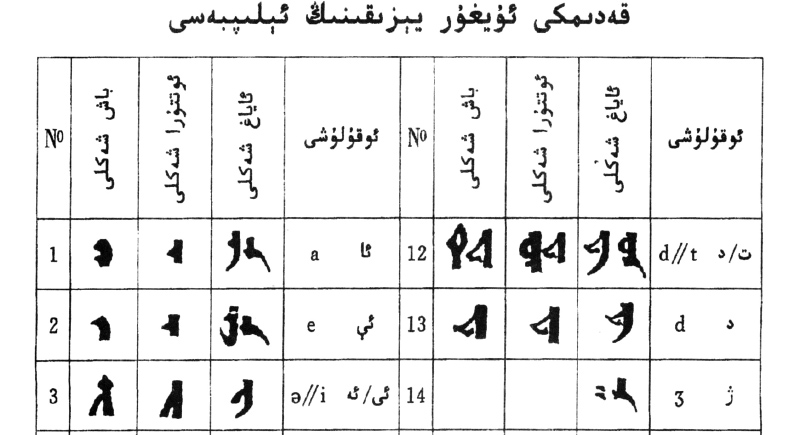
Even though he never learned to read, Genghis Khan valued the power of words. He made the Uyghur script the empire’s official writing system. He pushed for translation of foreign texts and made record-keeping mandatory. His empire ran on written orders and laws.
Death Is Still a Total Mystery
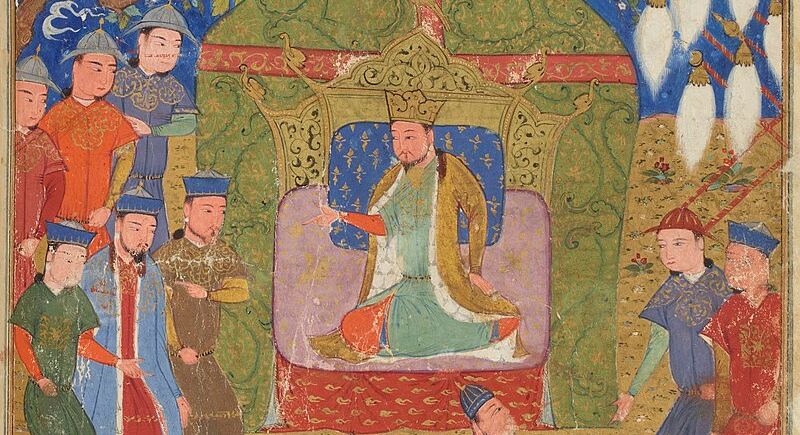
Nobody knows how he died. Some say illness; others say he fell off a horse. After his death, his men buried him in secret. They reportedly killed anyone who saw the procession. That’s why, even now, no one has found his grave.
Huge Chunk of the Male Population
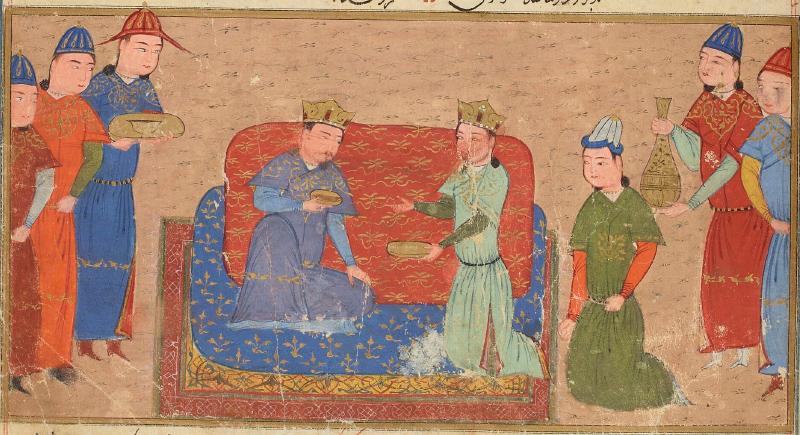
A 2003 genetic study found that about one in 200 men alive today carry a Y chromosome linked to Genghis Khan. That’s over 16 million people. His descendants ruled in China, Persia, and parts of Russia. His family tree became a global legacy.
Silk Road Got Safer Under His Rule

Before Genghis Khan took control, the Silk Road was full of thieves and warlords. He cleared the path, protected merchants, and punished looters harshly. Trade between East and West boomed. Alongside goods, ideas, and technologies flowed across continents like never before.
Used Tricks to Win
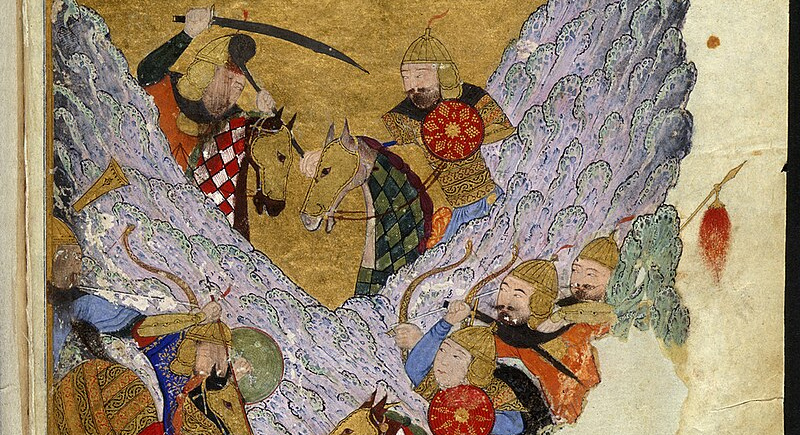
Genghis Khan tricked enemies by pretending to retreat and then ambushed them. He spread fake intel to confuse his targets. Some cities surrendered before a fight even started. His psychological warfare worked, as did his actual army.
Ran the Empire on a Secret Legal Code
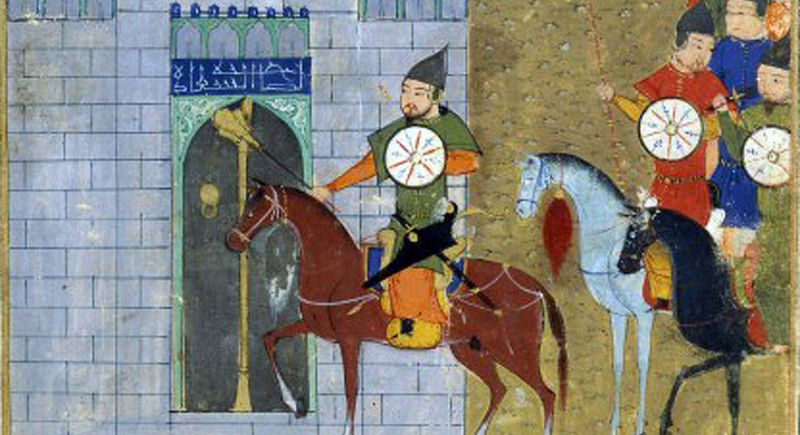
The Yassa was his empire’s law and covered everything from theft to military discipline. It wasn’t shared publicly, but it was enforced strictly. Genghis Khan made sure everyone knew the rules and the consequences. That discipline helped him control dozens of cultures at once.
In Mongolia, He’s Still Everywhere

His face is on the currency, and the airport is named after him. Statues of Genghis Khan rise from city centers and mountaintops. In Mongolia, he’s the national icon with a modern identity.
Banned Portraits of Himself
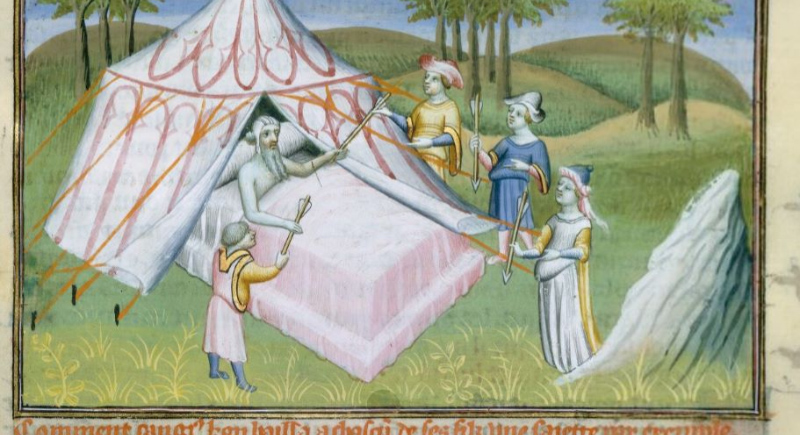
Genghis Khan didn’t allow any images of himself while he was alive—no paintings, coins, or statues. He believed leaders should be remembered for action, not appearance. The portraits you see today came long after his death, and no one knows how accurate they are.
Outlawed Mongol-On-Mongol Slavery
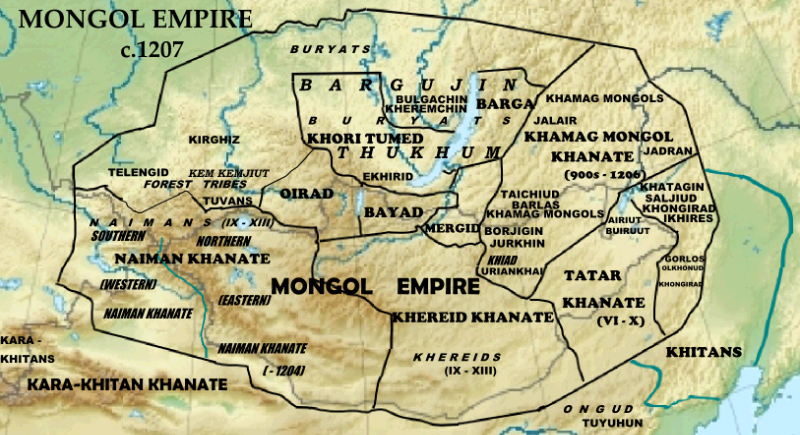
To keep unity among tribes, he banned the enslavement of fellow Mongols. This rule forced former enemies to see themselves as part of a larger nation. It helped erase tribal divisions and created a stronger, more loyal population ready to serve the empire.